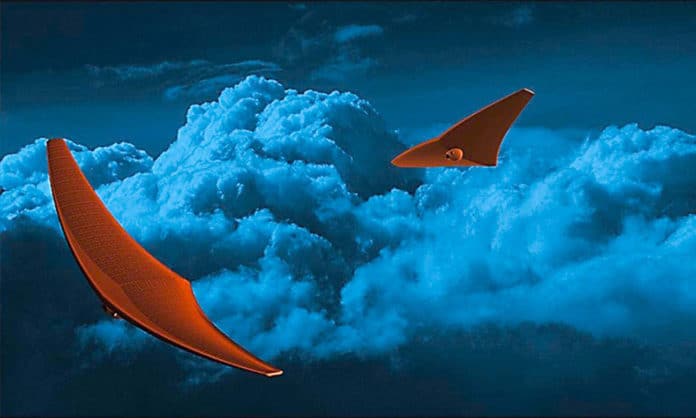A team of researchers from the University of Buffalo is working on a craft designed to explore the dark side of Venus. The design of the craft is inspired by stingray’s pectoral fins that will allow it to carry out a controlled flight.
The spacecraft was designed as part of the BREEZE (Bio-inspired Ray for Extreme Environments and Zonal Explorations) project. The stingray-like vehicle was also chosen by NASA as one of the finalists of the Innovative Advanced Concepts (NIAC) program, whose task is to support new technologies.
The stingray-inspired spacecraft would move partly by flapping its wings, and actually moving them as the stingray does in reality. The wings allow it to move quickly and steadily in a thick Venetian atmosphere. This flight mode would be useful in the difficult conditions that prevail in the upper atmosphere of Venus.
The design opens an unprecedented level of control for such a spacecraft, which would be subjected to strong zonal as well as the meridional wind on the planet (latitude and longitude), says Javid Bayandor, associate professor of mechanics and aeronautics at the university’s School of Engineering and Applied Sciences, in a statement.
Importantly, due to the slow-motion of the planet, the craft will also have to be able to operate in long periods of darkness. BREEZE craft is supposed to take 4-6 days to finish a lap around Venus. Solar panels can charge the batteries for the 2–3 days on the illuminated side.
In addition to instruments for sampling the atmosphere, the vessel would map weather conditions and volcanic activity. And the scientific world is not least interested in the dark side of the planet.
This is an experimental project; so far, it is difficult to talk about translating this idea into practice. Perhaps in the future, when such spacecraft are already built, they will also contribute to the exploration of other parts of the solar system such as Titan, a moon of Saturn, as well as underwater environments on Earth.
